DOCTORS | Course Catalog
Explore our course catalog using the links below to review content by program or interest.
Would you like to talk to a member of our team about our learning pathways?
Doctor inFusion | Day One
INTRODUCTION, LEADERSHIP, AND CARE CYCLE
Day one of Doctor inFusion is introduced with a leadership session from our NADG Co-Founder and moves on to provide an overview of our Care Cycle and Patient Experience.
The rest of the day includes sessions focusing on the following:
– Hygiene Based Staging and Grading
– A New Perio App
– Imaging & Diagnosis
Faculty
– Andrew Matta, DMD Founding Partner and CMO
– George Bruder III, DMD and Chief Provider Development & Research Officer
Doctor inFusion | Day Two
A RESTORATIVELY DRIVEN PATH TO ENDODONTIC EXCELLENCE
While the principals remain unchanged, there are many new tools and techniques associated with nonsurgical root canal therapy. Choosing among the numerous options can be overwhelming to many clinicians.
In this hands-on session, the attendee will be provided with a definite roadmap towards successfully navigating and creating a good glidepath, imparting an appropriate final shape to the canals, and then three dimensionally obturating those cleaned and shaped canals in an efficient and effective manner. Also, new motor technology will provide a unique opportunity to develop a more sophisticated understanding of torque and its implications on the instruments being employed. Reciprocating files with extraordinary metallurgical properties that can help the clinician achieve the desired goals will be featured.
Faculty
George Bruder III, DMD and Chief Provider Development & Research Officer
Doctor inFusion | Day Three
THE KEYS TO EFFICIENTLY CREATING FUNCTIONAL, ESTHETIC AND LONG-LASTING COMPOSITE RESTORATIONS
Direct composite restorations are among the most frequently performed restorative procedures, yet dentists often struggle with placement techniques, options for consistently generating ideal interproximal contact and postoperative sensitivity. There are several key elements that will determine the success of direct composite restorations including tooth preparation, material choice, as well as both placement technique and curing method.
This presentation will discuss how each element will play a critical role in the professional’s decision-making process when determining which materials, systems and techniques are best to utilize when placing direct composite restorations. This program will review modern preparation design and how best to approach adhesion based on clinical circumstances. Focus will include quadrant-based efficiency, generating consistently tight interproximal contacts and what is most important during light curing. Additional topics will include proper composite selection and placement techniques, anatomical contouring, finishing and polishing, all of which are essential clinical components to achieving long lasting esthetic restorations.
Faculty
Nicholas R. Conte Jr. DMD, MBA
Doctor inFusion | Day Four
INTRODUCTION TO DENTAL IMPLANTS AND SOCKET GRAFTING
The purpose of this lecture is to introduce the reasons for adding dental implants to the practitioner’s scope of practice. The doctor should be able to go back to their office and teach their team why dental implants are important and how to get team members on board and excited with this modality. Also, all participants will gain an understanding of how to obtain a proper medical and dental history and the implications that this has with their treatment planning.
Attendees will understand the proper diagnostic protocols for evaluation and determining the appropriate treatment plan. Techniques for extraction, suturing and socket grafting will be reviewed and discussed. Finally, participants will learn how to take impressions with traditional impression materials and scan bodies.
Faculty
Andrew Matta, DMD Founding Partner and CMO
North American Dental Group
Pittsburgh: 125 Enterprise Drive, Suite 200, Pittsburgh, PA 15275
New Castle: 11 S Mill Street, New Castle, PA 16101
www.nadentalgroup.com

